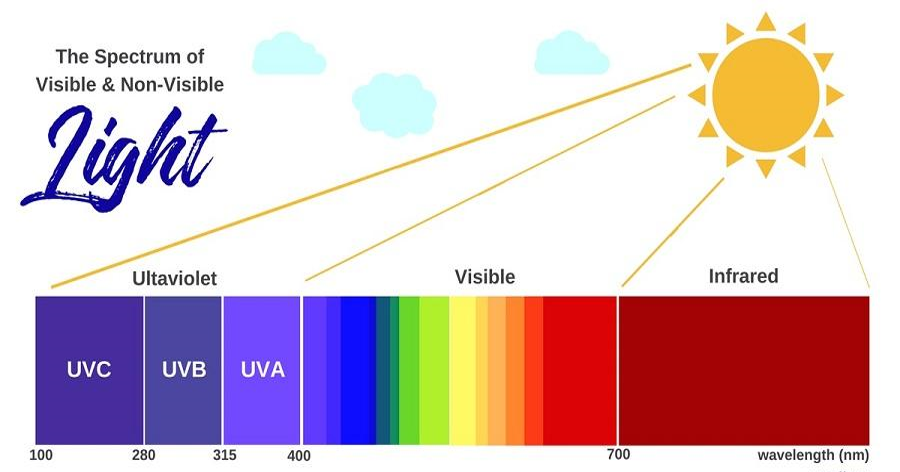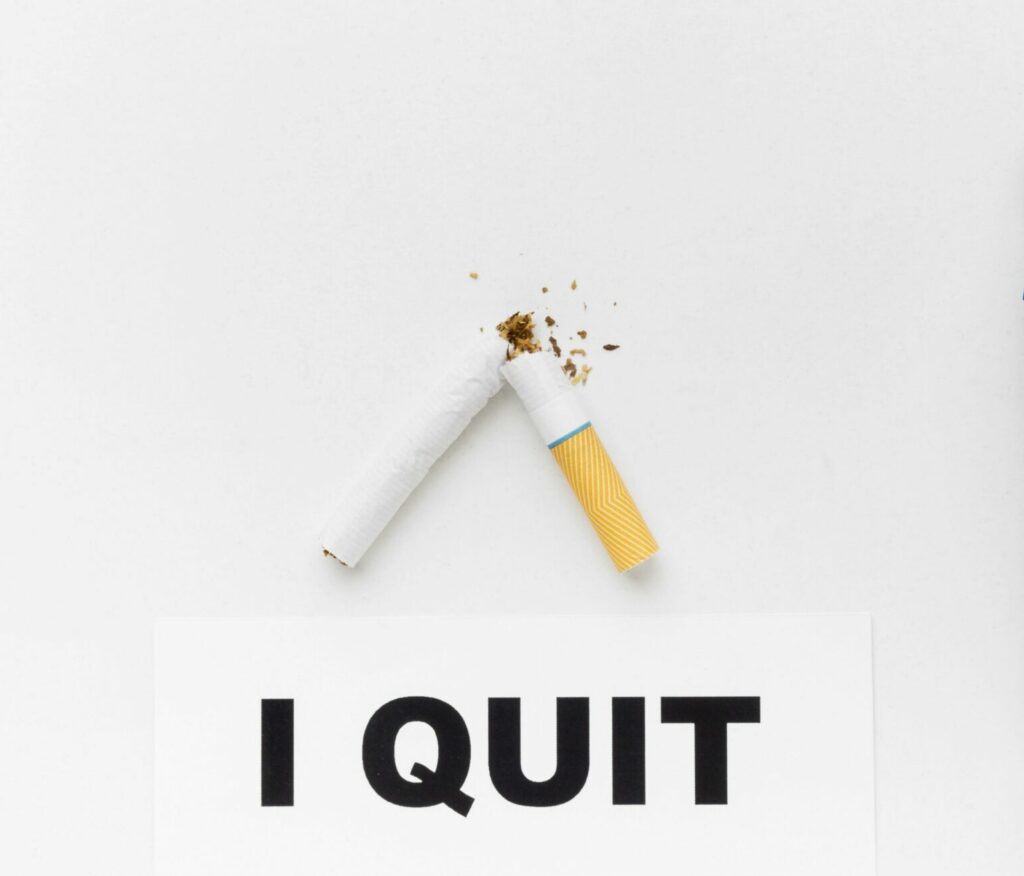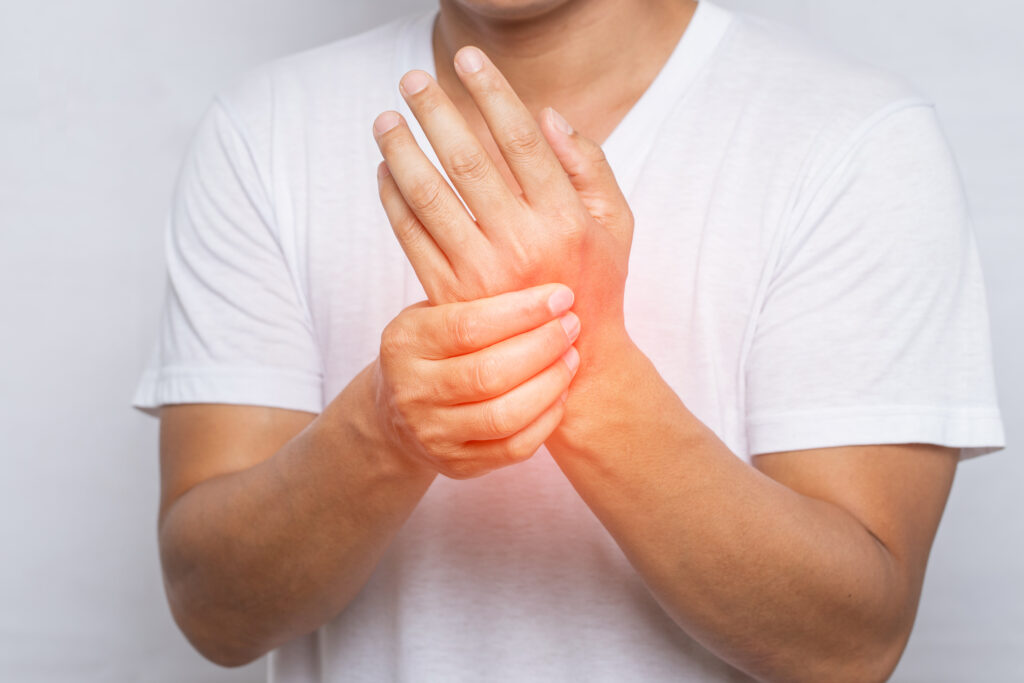In the pandemic era, there has been a rise of products and gadgets that claim to be effective in killing viruses and bacteria.
One example is hand-held UV wands that claim to sterilize phones, wallets, and even groceries with UV light. But do they actually work?
Not all UV lights are the same
Light is measured on a spectrum, with visible light at 380 to 740 nanometers (nm).
Ultraviolet light is invisible electromagnetic radiation that falls between 100 and 400 nm in wavelength and is divided into three bands: UVA (315-400 nm) UVB (280-315 nm) UVC (100-280 nm)
· UVA is known to cause some cell damage and indirect DNA damage. This cell damage can cause wrinkles and sunspots and may have an indirect effect on developing some forms of skin cancer.
· UVB is more intense than UVA, and can cause burns, eye damage and can also damage protein and DNA in cells. UVB radiation from the sun is what causes sunburns.
· UVC, also known as germicidal UV is even more intense and can seriously damage proteins and DNA in cells. If a human is exposed to concentrated UVC light for even a few seconds, they can suffer from burns and eye damage. Natural UVC light from the sun is completely absorbed by the Earth’s atmosphere. UVC lights are used in hospitals and labs to sterilize equipment.

A personal UV-C light wand may sound useful, but here’s the catch:
1) Many of them are fakes. Some products sold now that claim to be germicidal are actually the wrong wavelength. Some wands give off a blue glow. The blue or purple glow is not the UV light itself, that’s likely the colored LEDs. Ultraviolet radiation is invisible to the human eye.
2) UV lights have to be very concentrated to kill pathogens, which is both difficult and expensive to create in smaller home devices. If the device doesn’t have enough power, it won’t be effective. Many of the UVC lamps sold for home use are of low power, so it may take longer exposure to a given surface area to potentially provide effective inactivation of a bacteria or virus. In short, simply flashing a wand around the room or across some groceries won’t be useful.
3) UVC is an extremely dangerous form of UV radiation. Although it can destroy some germs on non-porous surfaces, if used on the skin, there is a risk that it can cause harm or injury. Lights that are strong enough to kill viruses can cause burns, eye damage, and skin cancer.
In conclusion
UV light products should not be used as a substitute for preventative measures such as frequent hand washing, physical distancing, mask-wearing, and cleaning and disinfecting
Do not blindly believe advertisements and avoid buying products that make unproven claims to disinfect household items against the COVID-19 virus.
If you have any concerns, ask a health professional or feel free to email any of our wellness doctors for more information.
Reference:












